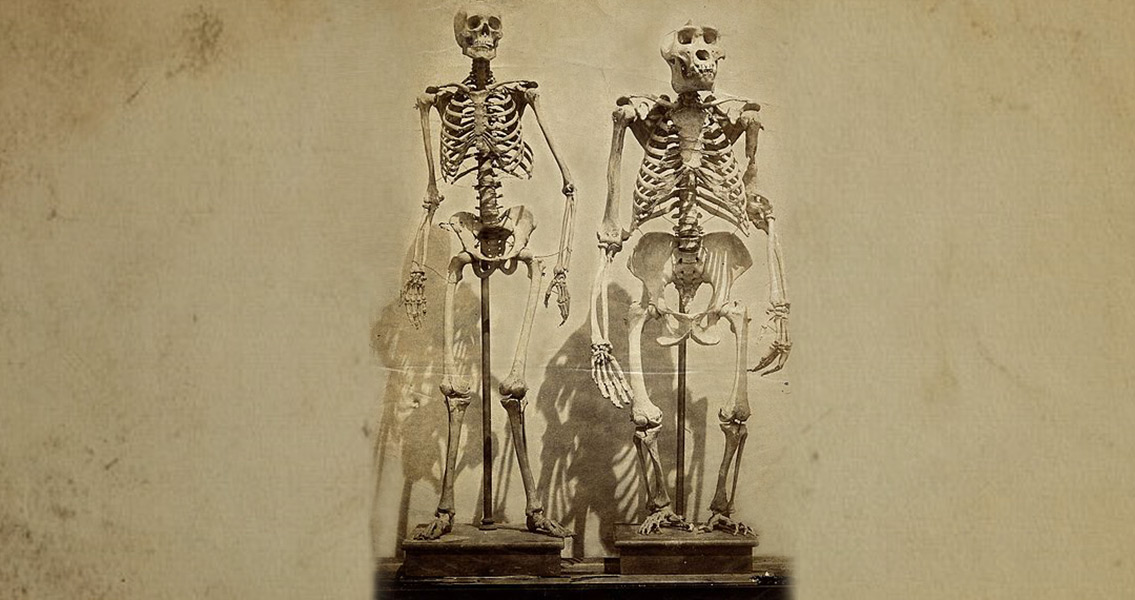<![CDATA[New research has revealed that the lightweight density of modern human skeletons is only a recent development in evolution, having only happened about 12,000 years ago. This work is based on high-resolution imaging of bone joints of both modern and extinct humans and chimpanzees. The Proceedings of the National Academy of Sciences published an article this week revealing that most of the bone density humans have lost over the years came from the lower limbs rather than the upper limbs. The findings suggest that the change in bone density occurred due to the fact that humans shifted from foraging for food to working in relatively sedentary environments. According to Brian Richmond, an author of the study, research professor at George Washington University and curator in the American Museum of Natural History's Division of Anthropology; "Despite centuries of research on the human skeleton, this is the first study to show that human skeletons have substantially lower density in the joints throughout the skeleton, even in ancient farmers who actively worked the land." What makes humans unique is the fact that we have an enlarged body with a low bone density. However, scientists are just now understanding and researching the theory that human bone joints today are significantly less dense than those of our ancestors. Habiba Chirchir, lead author and postdoctoral researcher at the Smithsonian Institution's National Museum of Natural History, said, "Our study shows that modern humans have less bone density than seen in related species, and it doesn't matter if we look at bones from people who lived in an industrial society or agriculturalist populations that had a more active life. They both have much less bone density." he explained the big question at hand, "What we want to know now is whether this is an early human characteristic that defines our species." Attempting to answer this question, Chirchir, Richmond and their colleagues are using high-resolution computed tomography and micro-tomography to measure trabecular, or spongy, bone in the limb joints of modern humans and chimpanzees. They are then comparing the results with fossils attributed to Australopithecus africans, Paranthropus robust, Homo neanderthalensis, and early Homo sapiens, according to Phys.org. The results are showing a much greater loss of bone density in the lower joints than that of the upper joints. This leads researchers to believe that the change in density occurred due to the movement from nomadic to settled lives amongst humans. This research will shed light not only on human bone density evolution, but also provide some sort of context to things like modern bone disorders, and hopefully help scientists gain new insights into treatments for these conditions. Image courtesy of Wikimedia commons user: FAE]]>
New Research Into the Evolution of Our Lightweight Skeletons
